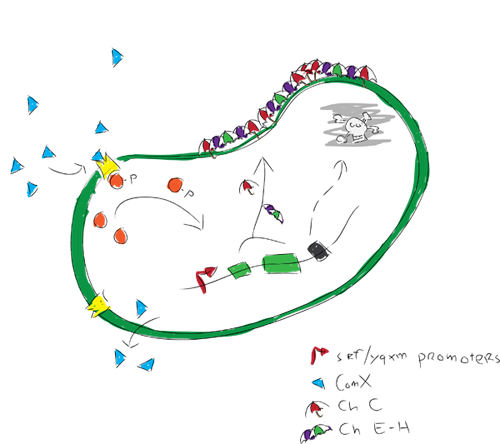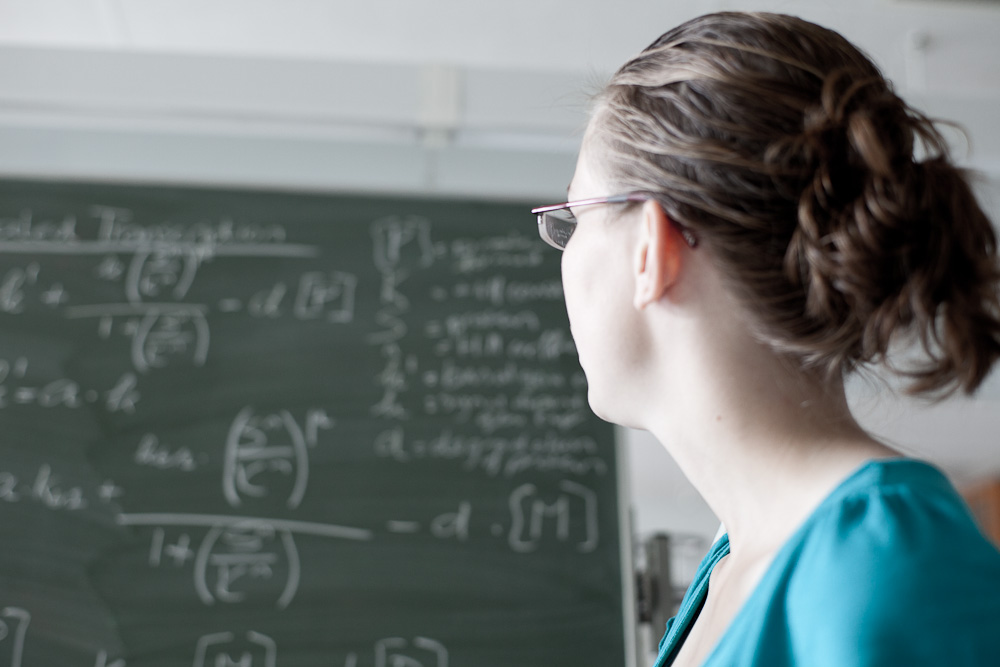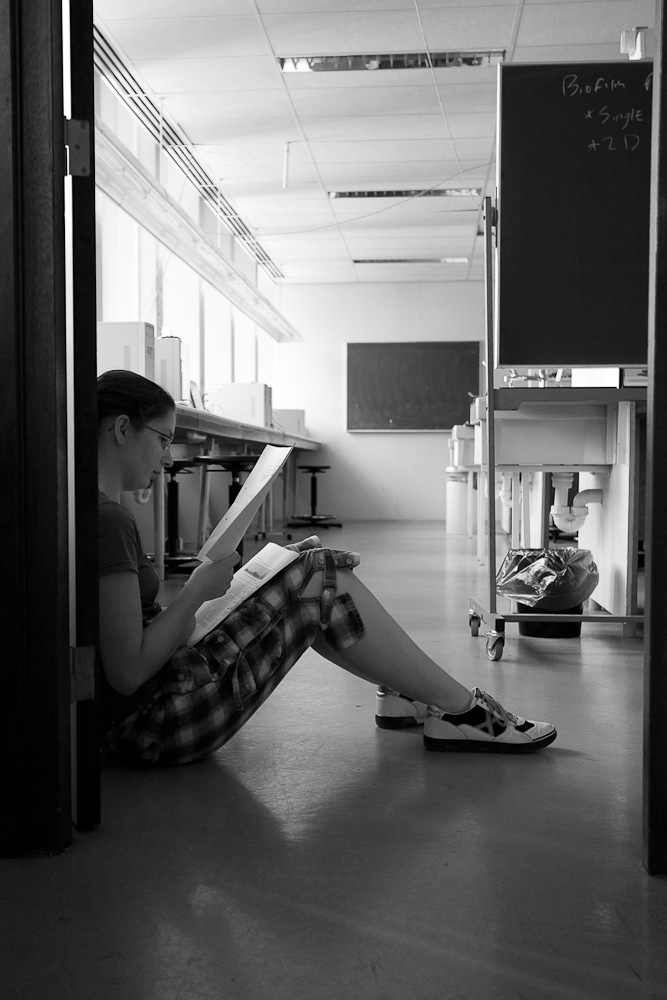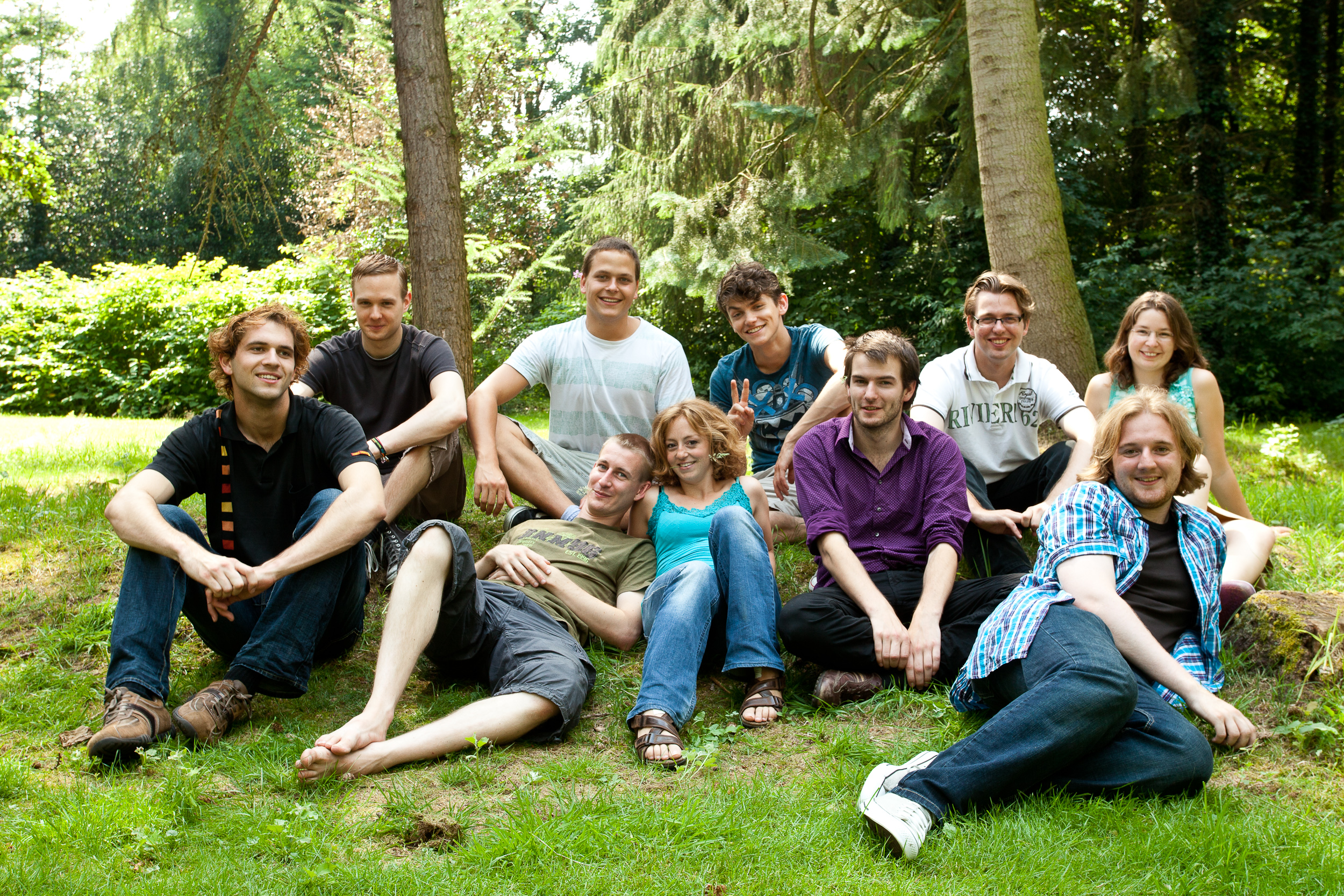Team:Groningen/sandbox
From 2010.igem.org
(Difference between revisions)
Joelkuiper (Talk | contribs) |
Joelkuiper (Talk | contribs) |
||
| (24 intermediate revisions not shown) | |||
| Line 1: | Line 1: | ||
| - | + | {{Team:Groningen/sandboxHeader}} | |
| - | < | + | <html> |
| - | + | <div id="home"> | |
| - | + | <div class='slide_content'> | |
| - | + | <div class='tabslider'> | |
| - | + | <ul> | |
| - | + | <li> | |
| - | + | <div id="textWrapper"> | |
| - | + | <span class="head">Welcome to iGEM Groningen!</span><br> | |
| - | + | </html>{{:Team:Groningen/Home}}<html> | |
| - | + | </div> | |
| - | + | </li> | |
| - | + | </ul> | |
| - | + | <ul> | |
| - | + | <li> | |
| - | + | <div id="textWrapper"> | |
| - | + | <span class="head">Self assembling hydrophobic biofilm</span><br> | |
| - | + | </html>{{:Team:Groningen/Project}}<html> | |
| - | + | </div> | |
| - | + | </li> | |
| - | + | </ul> | |
| - | + | <ul> | |
| - | + | <li> | |
| - | + | <div id="textWrapper"> | |
| - | + | <span class="head">Image of Science</span><br> | |
| - | + | </html>{{:Team:Groningen/Images}}<html> | |
| - | + | </div> | |
| - | + | </li> | |
| - | + | </ul> | |
| - | + | <ul> | |
| - | + | <li> | |
| - | + | <div id="textWrapper"> | |
| - | + | <span class="head">Modelling</span><br> | |
| - | + | </html>{{:Team:Groningen/Modeling}}<html> | |
| - | + | </div> | |
| - | + | </li> | |
| - | + | </ul> | |
| - | + | <ul> | |
| - | + | <li> | |
| - | + | <div id="textWrapper"> | |
| - | + | <span class="head">Our Team</span><br> | |
| - | + | </html>{{:Team:Groningen/Team}}<html> | |
| - | + | </div> | |
| - | + | </li> | |
| - | + | </ul> | |
| - | + | <ul> | |
| - | + | <li> | |
| - | + | <div id="textWrapper"> | |
| - | + | <span class="head">Contact us</span><br> | |
| - | + | </html>{{:Team:Groningen/Contact}}<html> | |
| - | + | </div> | |
| - | + | </li> | |
| - | + | </ul> | |
| - | + | <ul> | |
| - | + | <li> | |
| - | + | <div id="textWrapper" class="ajaxWrapper"> | |
| - | + | </div> | |
| - | + | </li> | |
| - | + | </ul> | |
| - | + | </div> | |
| - | + | </div> | |
| - | + | ||
| - | + | ||
| - | + | ||
| - | + | ||
| - | + | ||
| - | + | ||
| - | + | ||
| - | + | ||
| - | + | ||
| - | + | ||
| - | + | ||
| - | + | ||
| - | + | ||
| - | + | ||
| - | + | ||
| - | + | ||
| - | + | ||
| - | + | ||
| - | + | ||
| - | + | ||
| - | + | ||
| - | + | ||
| - | + | ||
| - | + | ||
| - | + | ||
| - | + | ||
| - | + | ||
| - | + | ||
| - | + | ||
| - | + | ||
| - | + | ||
| - | + | ||
| - | + | ||
| - | + | ||
| - | + | ||
| - | + | ||
| - | + | ||
| - | + | ||
| - | + | ||
| - | + | ||
| - | + | ||
| - | + | ||
| - | + | ||
| - | + | ||
| - | + | ||
| - | + | ||
| - | + | ||
| - | + | ||
| - | + | ||
| - | + | ||
| - | + | ||
| - | + | ||
| - | + | ||
| - | + | ||
| - | + | ||
| - | + | ||
| - | + | ||
| - | + | ||
| - | + | ||
| - | html | + | |
| - | + | ||
| - | + | ||
| - | + | ||
| - | + | ||
| - | + | ||
| - | + | ||
| - | + | ||
| - | + | ||
| - | + | ||
| - | + | ||
| - | + | ||
| - | + | ||
| - | + | ||
| - | + | ||
| - | + | ||
| - | + | ||
| - | + | ||
| - | + | ||
| - | + | ||
| - | + | ||
| - | + | ||
| - | + | ||
| - | + | ||
| - | + | ||
| - | + | ||
| - | + | ||
| - | + | ||
| - | + | ||
| - | + | ||
| - | + | ||
| - | + | ||
| - | + | ||
| - | + | ||
| - | + | ||
| - | + | ||
| - | + | ||
| - | + | ||
| - | + | ||
| - | + | ||
| - | + | ||
| - | + | ||
| - | + | ||
| - | + | ||
| - | + | ||
| - | + | ||
| - | + | ||
| - | + | ||
| - | + | ||
| - | + | ||
| - | + | ||
| - | + | ||
| - | + | ||
| - | + | ||
| - | + | ||
| - | + | ||
| - | + | ||
| - | + | ||
| - | + | ||
| - | + | ||
| - | + | ||
</html> | </html> | ||
| + | {{Team:Groningen/sandboxFooter}} | ||
Latest revision as of 13:57, 18 August 2010
 "
"




















